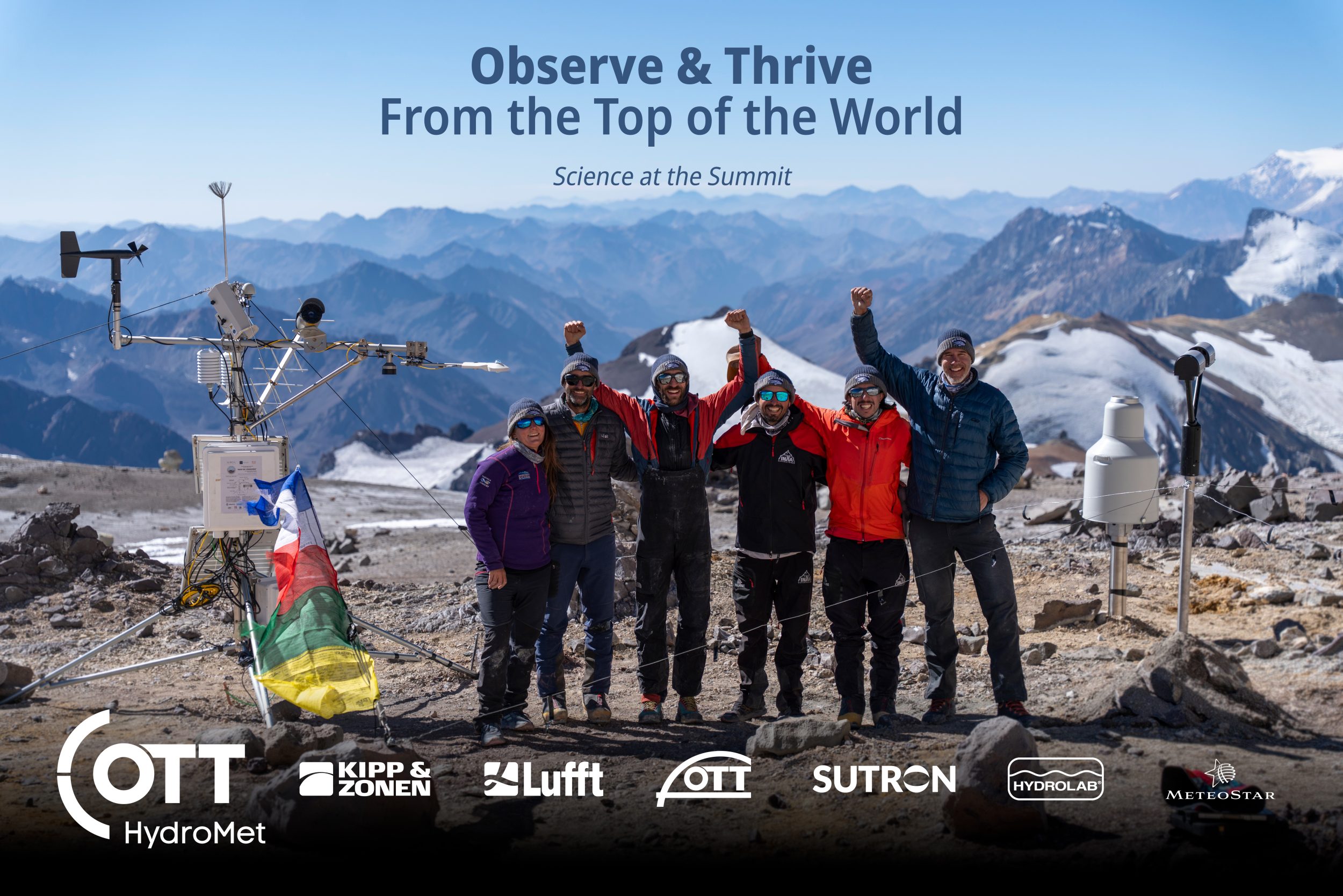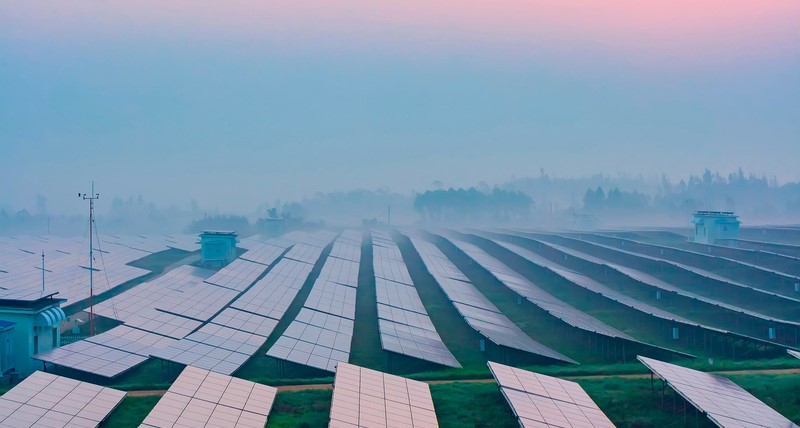OTT HydroMet welcomes guest author and industry expert, Tim Finegan, Director of Product Management for Aquatic Informatics. Tim works with individuals and organizations to address Earth’s environmental challenges through better monitoring and data management tools.
Technological advances have created an explosion of data in all aspects of our lives. Water is no exception. Governments and utilities are in various stages of maturity in collecting and analyzing water data from a variety of applications, such as:
- Source Water – Using data from hydrological systems, organizations can properly account for and appropriately allocate water resources while minimizing impact on the environment.
- Stormwater – Using data collected from reservoir levels, stream-flows, combined sewers, storm sewers, and rainfall allows environmental organizations to take preventative action against flood and contamination dangers.
- Drinking Water – By bringing together data from all water facilities, lab testing results, and compliance regulations, organizations can ensure safe drinking water for everyone.
- Pretreatment – Industrial pretreatment compliance can be better managed with the right data analysis and governance in place.
- Wastewater – Managing a highly regulated resource such as wastewater effectively requires accurate data, advanced record computation and sophisticated analysis.
- Fats, Oils, and Grease (FOG) – Keeping track of activities and evaluating FOG program compliance can provide data to help reduce the risk of blockages and spills, and work with industry to mitigate violations.
The problem is much of the data gathered often lives in various silos in and across provincial and local government and industry organizations. So, despite the availability of potentially helpful technologies such as sensors and software tools, water utilities often lack the information they need to better conserve and adequately manage water.
Others may have lots of data but lack the ability to glean insights from that data. It’s vital that organizations have the right tools for proper analysis, in order to complete critical tasks such as predicting issues, prioritizing and repairing aging water infrastructure such as those causing non-revenue water losses.
Chris Misson, Product Manager for AQUARIUS, says, “Organizations need to find a way to break down silos, consolidate data, and make sense of that data to achieve better, more sustainable water management”. Water monitoring agencies use AQUARIUS analytics software to acquire, process, model and publish water information in real time.
“Usually it’s a crisis that spurs action. The shock of running out of water or having a community’s water contaminated does make governments, industry, and the public demand change — but it’s far less costly to address issues today so that you can plan for tomorrow”, says Misson.
To build a business case for tapping into all streams of water data, organizations need to bring together a cross-functional team with representation from people on the ground, strategic planners, and business intelligence.
Start by asking the right questions and go from there. Try to solve a small problem and use that as your leverage to get more funding to build the people, process, and technology that can help you make real strides towards reaching the four water data management milestones:
- Water data consolidation to break down data silos
- Water data analysis to turn raw data into actionable insights
- Internal knowledge sharing across organizations, government departments, and international bodies
- External knowledge sharing with industry and the public to educate, inform, and encourage respect for one of our most important resource
By connecting the dots between water data sets, we can proactively predict issues, and ultimately better protect our communities and ecosystems. John Yap, Senior Product Manager for WaterTrax, says “By sharing vital water data with the public, with regulators and with international bodies, we can raise awareness, better predict events and drive real sustainable change.” WaterTrax is a software program that helps agencies and utilities monitor and manage their water and wastewater system data to streamline regulatory compliance practices and improve data integrity.
A report by the Canadian Water Network (CWN) highlighted the mounting financial pressures facing Canadian water utilities. Balancing the Books: Financial Sustainability for Canadian Water Systems acknowledges the widening gap between customer expectations and water system revenue to fully recover costs.
This is not just a Canadian problem, there are similar scenarios in cities and countries all over the world.
Perhaps because water is largely unpriced, global water infrastructure is drastically underfunded. Sharing data about water can change this. By sharing information with the public about water conservation efforts in their communities, governments can help change attitudes about the value of water. This can open up dialogue about new pricing opportunities for water, similar to other government-owned utilities, whereby the resource is based on supply and demand.
Attitudes towards sharing of water data are already changing. NASA shares water data to support water management efforts in the US and Internationally. NASA’s Gravity Recovery and Climate Experiment (GRACE) satellites measure the environmental and human impacts on water across the planet.
In the US, the agency’s Western Water Applications Office works with multiple entities to track how drought affects agriculture and water supplies. Globally, agricultural irrigation accounts for 70 percent of water usage. By contrast, municipal water represents a mere 8 percent of global use.
Wasteful irrigation systems on farms consume over double the freshwater of any other industry. Inefficient irrigation practices in farming can hurt our water in other ways, such as washing pollutants into rivers, streams or other freshwater ecosystems. Monitoring river and ground water quality is the first step to identifying contaminants of agricultural run-off. “If this information is available to all stakeholders in a timely fashion—as in near real-time—you have true transparency for immediate action, said Misson “The farmer can fix the irrigation inefficiency and steps can be taken to treat or discard the contaminated water and prevent a health advisory or ecological domino effect.”
NASA also works with the U.S. Agency for International Development to provide satellite data, computing tools and training through the SERVIR program. The program is intended to help African partners generate better flood forecasts. GRACE satellites also monitor water and ice inventory in the glacier-covered Himalayas to improve understanding of how the climate is changing snow packs.
Consolidating NASA data with local water data could help move us towards sustainability of water sources worldwide. The data generated from all monitoring activities can allow water resource managers to identify where pollution problems exist, where to focus pollution control activity, and where progress has been made.
Most municipalities are already using some degree of water data management tools to monitor and manage the entire health of the water cycle. Streamlining and unlocking that data within organizations and across community lines and around the world, is proving to be beneficial and achievable with cloud-based solutions. Friendly user interfaces are also improving public access to that data and providing sustainable communications to all stakeholders.



